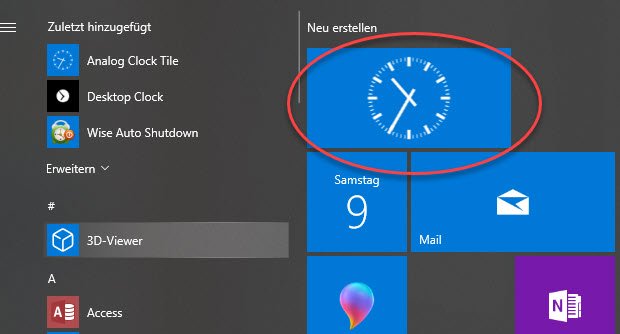

One class, called year-month intervals, has an express or implied precision that includes no fields other than YEAR and MONTH, though it is not necessary to use both.

An INTERVAL is a unit of duration of time rather than a fixed point in time its units are years, months, days, hours, minutes, and seconds. One of the major problems with time is that there are three kinds: fixed events (“He arrives at 13:00 hrs”), durations (“The trip takes three hours”), and intervals (“The train leaves at 10:00 hrs and arrives at 13:00 hrs”), which are all interrelated. Most databases give you these display options. This is not a problem for them, since they also use a comma for a decimal point.
UTC CLOCK GADGET FOR WIN 7 ISO
Americans use the ISO Standard colon as a field separator between hours, minutes, and seconds Europeans still use a period in some countries. This format can be manually sorted more easily and is less prone to computational errors. You should use a 24-hour time format, which is less prone to errors than 12-hour (AM/PM) time, since it is less likely to be misread or miswritten. This is why Standard SQL uses UTC internally. If the hardware clock in the computer in which the database resides is the source of the timestamps, you can get a mix of gaps and duplicate times over a year. The US government uses Daylight Saving Time (DST) on federal lands inside of states that do not use DST. Now you have to factor in Daylight Saving Time on top of that to get what is call “lawful time,” which it is the basis for legal agreements. The offset is usually a positive or negative number of hours, but there are still a few odd zones that differ by 15 minutes from the expected pattern. There are also ISO standard three-letter codes for the time zones of the world, such as EST, for Eastern Standard Time, in the United States. This is how the system-level time-zone table in Standard SQL is defined. The time zones start at UTC, which has an offset of zero. If you have a database that covers more than one time zone, you might consider storing time in UTC and adding a numeric column to hold the local time-zone offset. Older, smaller databases live and work in one time zone. Joe Celko, in Joe Celko's SQL for Smarties (Fourth Edition), 2011 11.2.4 Handling Times Click Change settings, check the box to allow synchronization, and select the server to use from the drop down.
UTC CLOCK GADGET FOR WIN 7 WINDOWS 7
Internet time tab – allows the configuration of an Internet Network Time Protocol (NTP) server to synchronize the Windows 7 time. This is useful for end users who need to know the time in different regions or travel frequently.Įnter display name – for identifying the clock ■ ■Īdditional Clocks tab – This option allows the end user to see up to three different clocks when the time is clicked in the notification area or when the mouse is placed over the time. Notify me when the clock changes – This option will notify the end user when the time changes due to daylight savings. The check box next to Automatically adjust clock for Daylight Saving Time may be checked if the end user is in an area that observes daylight savings time and wants the clock to change automatically. □Ĭhange time zone – This option allows the user to select the appropriate time zone. The Change calendar settings will open the Region and Language Control Panel options for customizing the date format. Date and Time tab – This is the main tab to change the date and time settings as illustrated in Figure 4.33.Ĭhange date and time – This option pops up the Date and Time Settings window where the date can be clicked on via a nice calendar and time inputted in the field.


 0 kommentar(er)
0 kommentar(er)
